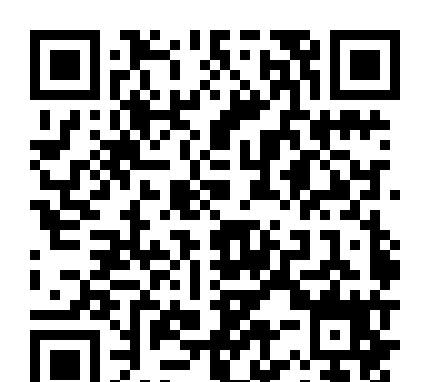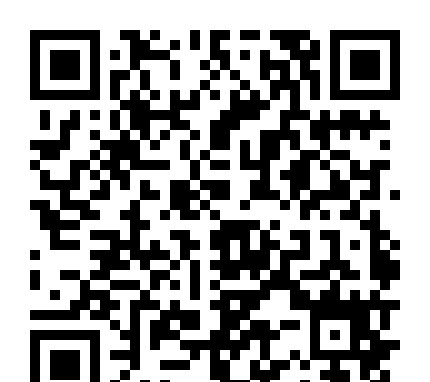阅读辅导:美国的银行业系统(双语)
|
The Banking System in the United States美国的银行业 The Commercial Banking System Today in the United States Several of the characteristics of American banking just discussed carry over into today's commercial banking system. Prominent among these is the dual-chartering system; that is, we continue to have commercial bank charters issued at two different levels of government. National banks receive their charters from the Comptroller of Currency~. Any national bank must have somewhere in its corporate title the word "national". Thus, for example, "Wells Fargo Bank, National Association" indicates that this bank has a federal charter. All national banks must be members of the Federal Reserve System. Most banks, however, receive their charters from the appropriate agency of their respective state. They are under the supervision of their state's banking authority. However, state-chartered commercial banks may elect to become members of the Federal Reserve System, but this not mandatory for them as it is for national banks. If state-chartered banks~ elect membership in the Federal Reserve System, they come under the supervision of two banking authorities, state and national. Thus, the American commercial banking system is comprised of two types of banks: the member banks of the Federal Reserve System which are national banks and those state-chartered banks electing membership; and nonmember state-chartered banks. Today' s banking system in the United States is comprised of more than 14,000 individual banks. Of this number, well under 50 percent are member banks of the Federal Reserve System——only 5,788 commercial banks out of a total of 14,633, or roughly 40 percent. These member banks, however, commanded the largest share of commercial banks resources, about three-fourths as of June 30, 1976. They held over three-fourths of deposits subject to check, $202,144 million as of the same date, which represented some 67 percent of our total money supply. Although the national banks did~ continue a considerable advance in American commercial banking development, they also brought with them disadvantages. Their improvements included the establishment of a safe, uniform currency and a reduction in the number of commercial bank failures through strengthening due to more conservative standards of regulation and examination. There also developed a measure of correspondent banking relations through the provision for regarding, deposits in reserve city and central reserve city banks as reserves. But this last feature also was the System's greatest weakness. The National Bank System provided for the concentration go existing reserves into the city banks, but no provision was made for the creation of new reserves when necessary. In our discussion, these two characteristics of present-day commercial banks will be in the forefront of much of our analysis: First, commercial banks create deposit liabilities against themselves, instead of note issue as the early banks did; and second, commercial banks today hold a wide variety of earning assets, not just short-term, self-liquidating loans~. One thing, however, continues to be just as true today as it was in the days of the banker: creation of money occurs when two opposite transactions take place simultaneously between the commercial bank and the customer~ The commercial bank increases its debt to the customer, and the customer puts himself into debt to the bank by the same amount. This simultaneous exchange of liabilities is significant because one of the debts created——the demand deposit liability——is money while the other-the loan——earns income for the bank. From Money and Banking |








